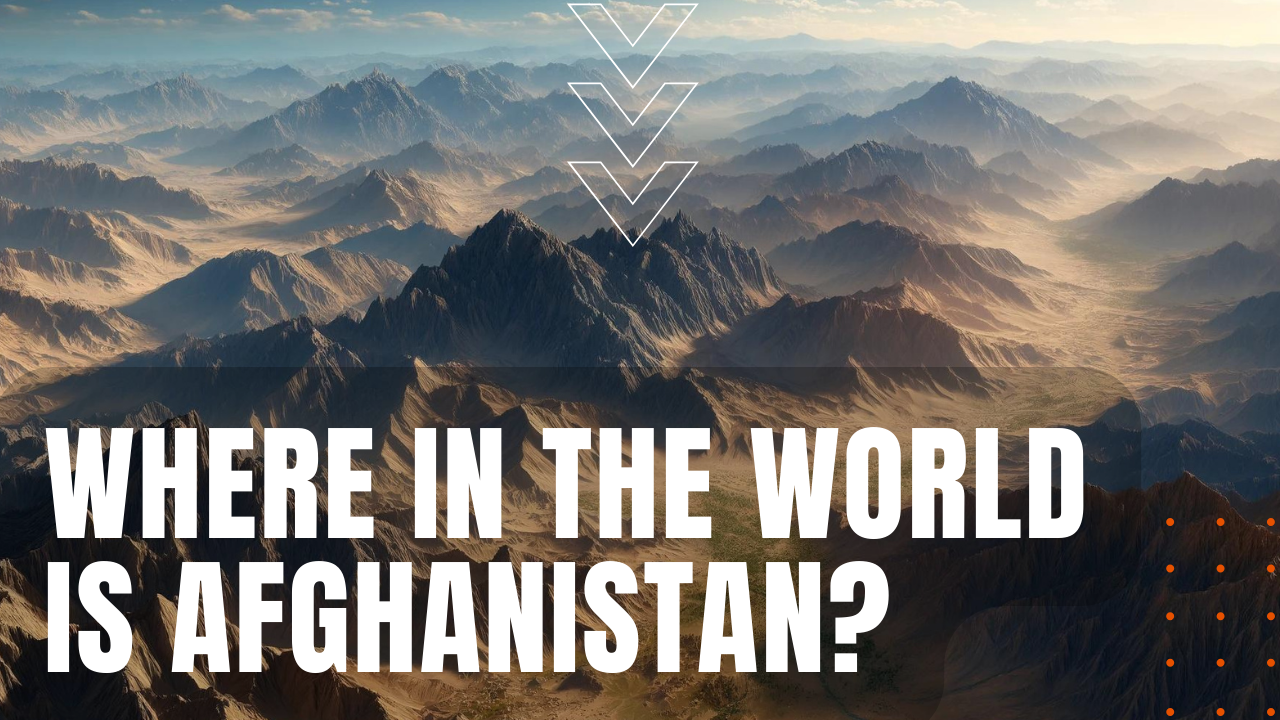Where in the World is Afghanistan

Given Afghanistan’s landlocked location in Asia, the nation’s population reflects centuries of migration and invasion by neighboring countries, providing vital trade routes between Central, South and Western Asia. Home to a diverse population of approximately 42 million people—46% under the age of fifteen, while 74% live in rural areas—the Afghan population represents an ethnic melting pot of Pashtun, Tajik, Hazara, Uzbek, Turkmen and more.
Massive Footprint
With a total land area of 252,826 square miles—of which only 7,696 square miles are considered irrigated land—Afghanistan’s 3,400-mile-border is shared with China, Iran, Pakistan, Tajikistan, Turkmenistan and Uzbekistan. The country’s official languages consist of Persian Dari and Pashto, with nearly 90% of her Muslim population practicing Sunni Islam. With a recorded history dating back to 2000 B.C., traces of Afghanistan’s ancient history can still be seen in her largest cities, such as Kabul, Kandahar, Mazar-I-Sharif, Herat and Jalalabad.
Diverse Geography
Afghanistan is also home to a wide and diverse geography, including fertile river valleys, deep gorges, deserts and snow-covered mountains, such as the Hindu Kush and Pamirs mountain ranges in eastern Afghanistan, with peaks soaring to 24,000 feet. Afghanistan’s climate consists of cold and snowy winters and hot, dry summers, boasting over 300 days a year under blue and cloudless skies. Most of the nation experiences extreme daily temperature shifts in summer, with sunrise temperatures in Kabul near 50 degrees Fahrenheit to noonday temps of a hundred, while summer temperatures in the Jalalabad Plains can reach noonday highs of 115 degrees.
Resource Rich
Rich in natural resources, with over 1,400 mineral fields containing barite, chromite, coal, copper, gold, iron ore, lead, natural gas and petroleum, the country is also rich in high quality gemstones such as emeralds, lapis lazuli, red garnet and rubies. On the downside, however, the country is plagued by damaging earthquakes originating in the Hindu Kush mountains—including 276 last year alone. Other problems include flooding, droughts, deforestation, water shortages and air pollution in her major cities. On the human front, however, Afghanistan touts the highest fertility rate of any nation outside of Africa, with the average woman giving birth to five children during her lifetime, making Afghanistan, one of the most scenic and historic crossroads on the Asian continent.
